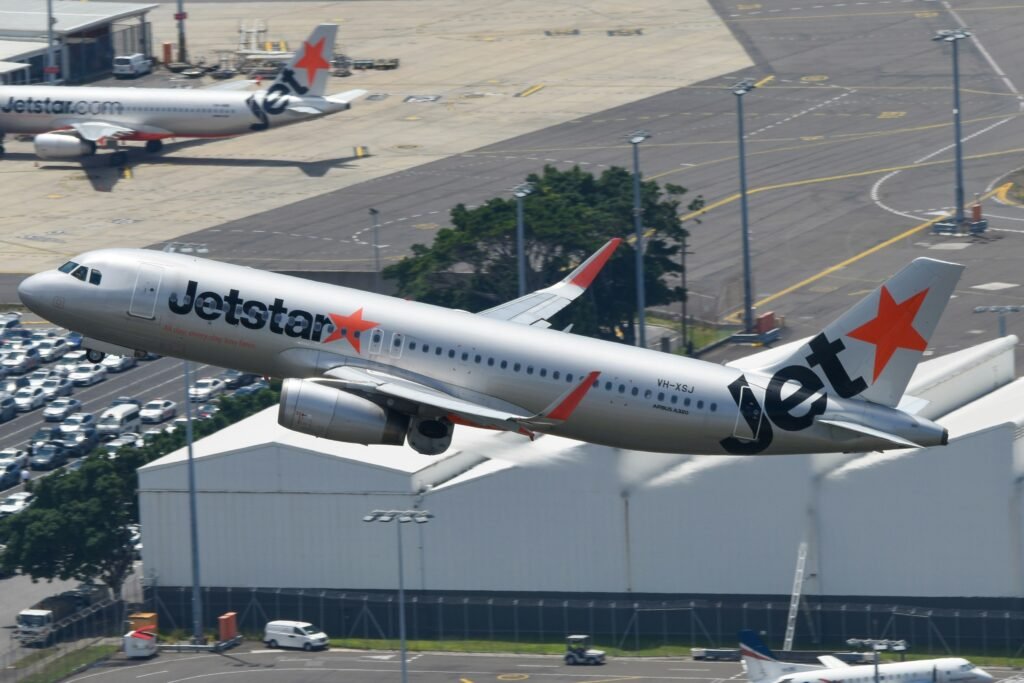
Introduction to Airbus and Boeing
Airbus and Boeing are the two dominant players in the passenger airplane manufacturing industry, each with a rich history and a significant role in shaping modern aviation. Founded in the late 20th century, both companies have evolved and expanded, continuously pushing the boundaries of design and technology to meet the growing demands of air travel. Boeing, established in 1916 in Seattle, Washington, started its journey by manufacturing military aircraft before venturing into commercial aviation. Over the decades, it has introduced numerous iconic models, such as the Boeing 747, which revolutionized air travel by enabling mass transportation across long distances.
On the other hand, Airbus was founded in 1970 as a European consortium aimed at competing with Boeing. The French-based company quickly made its mark with the introduction of the Airbus A300, the world’s first twin-engined wide-body aircraft. This innovation redefined the standards of efficiency and comfort in passenger flight. The rivalry between Airbus and Boeing has spurred significant technological advancements, resulting in better fuel efficiency, enhanced safety features, and increased passenger comfort. Each company strives to outdo the other in terms of performance, design, and customer satisfaction.
Both manufacturers have been pivotal in the expansion of commercial aviation and have played crucial roles in the development of air travel infrastructure globally. Their competition extends beyond just aircraft design; it involves advanced manufacturing processes, customer service strategies, and the integration of cutting-edge technology. Key milestones in their histories, such as Boeing’s introduction of the 787 Dreamliner and Airbus’s A380 superjumbo, exemplify the companies’ commitment to innovation and excellence.
As the aviation industry continues to evolve, the rivalry between Airbus and Boeing remains a central theme, influencing market dynamics and consumer choices in the quest for the best passenger airplane. This battle for supremacy not only shapes the future of air travel but also sets the stage for emerging trends in the aerospace sector.
Design Philosophy and Technologies
Airbus and Boeing, the two dominant players in the commercial aviation industry, adopt distinct design philosophies shaped by their company histories, engineering practices, and market strategies. Airbus, established in the 1970s, has continually emphasized innovation through collaboration in design processes. This manufacturer is known for integrating advanced technologies to enhance aerodynamics and passenger comfort. For instance, the Airbus A350 XWB is built using a significant amount of composite materials, which contribute to its overall efficiency and reduced weight, consequently enhancing fuel economy.
On the other hand, Boeing has a legacy rooted in traditional engineering practices, placing an emphasis on tested designs while progressively incorporating cutting-edge technologies. The Boeing 787 Dreamliner exemplifies this approach, featuring a composite fuselage and advanced aerodynamics that improve performance, efficiency, and passenger experience. The Dreamliner’s reliance on lightweight materials provides operators with a significant reduction in operating costs, thus appealing strongly to airlines looking to maximize their profitability.
When it comes to cockpit technology, both manufacturers have made considerable advancements. Airbus is known for its fly-by-wire systems, which simplify pilot controls and enhance safety through advanced automation. This approach reflects Airbus’s focus on easing pilot workload and improving operational efficiency. Conversely, Boeing stays true to traditional control systems, often preferred by pilots for their tactile feedback. The emphasis on ergonomic design is evident, ensuring that pilots can operate the aircraft safely and effectively.
Passenger comfort is another crucial realm where both Airbus and Boeing compete fiercely. Airbus cabins are often considered roomier, with wider seats and innovative cabin pressure systems aimed at minimizing passenger fatigue during long-haul flights. Boeing, meanwhile, champions customizable cabin configurations, allowing airlines to tailor their offerings to specific market demands, thereby providing a variety of comfort options for different routes and customer preferences.
Popular Aircraft Models Comparison
When considering the ultimate passenger airplane, a comparison between popular models from Airbus and Boeing is essential. The Airbus A320 series and Boeing 737 are often pitted against each other as mainstays in the short to medium-haul market. Both airplanes offer competitive seating capacities, operational efficiencies, and advanced engineering. The Airbus A320 typically seats between 140 to 240 passengers, depending on the variant and configuration. This model is renowned for its fuel efficiency and shorter turnaround times, which can enhance airline profitability.
Conversely, the Boeing 737 series also caters to a similar market, with seating ranging from 85 to 230 passengers. The latest iterations, particularly the 737 MAX, feature updated engines that deliver improved fuel efficiency and lower operational costs. The two models present an almost head-to-head competition, with airlines often choosing one over the other based on specific operational needs, fleet commonality, and overall cost-effectiveness.
Shifting to the long-haul segment, the Airbus A350 and the Boeing 787 Dreamliner represent two of the most advanced aircraft in commercial aviation today. The Airbus A350 has a range of approximately 8,000 nautical miles, making it suitable for long-distance travel while accommodating 300 to 410 passengers depending on configuration. This aircraft emphasizes passenger comfort with features like improved cabin humidity and quieter engines.
On the other hand, the Boeing 787 Dreamliner, known for its composite materials and energy-efficient engines, offers a range of about 7,530 nautical miles and typically carries 242 to 330 passengers. Both aircraft provide exceptional passenger amenities, though minor differences may influence airline decisions. Weight reduction and aerodynamics are key factors that significantly enhance operational costs for both manufacturers, allowing airlines to maximize their routes efficiently.
Performance Metrics: Safety, Efficiency, and Capacity
When comparing the aircraft produced by Airbus and Boeing, it is essential to assess crucial performance metrics, including safety records, operational efficiency, fuel consumption, and passenger capacities. These metrics help determine the effectiveness of each manufacturer in meeting the demands of modern aviation.
Safety is a primary concern in the aviation industry, and both manufacturers have established strong safety records over the years. According to data released by aviation authorities, Boeing has faced scrutiny due to incidents involving the 737 MAX, which raised public concern. However, both companies have completed extensive safety audits and implemented advanced technologies to enhance the reliability and safety of their aircraft. Airbus, in particular, has maintained a robust safety reputation, with systems such as the Fly-By-Wire technology that ensures precise control over aircraft operations.
Operational efficiency is another significant aspect, particularly regarding fuel consumption. The Airbus A320neo family, for example, is known for its impressive fuel efficiency, boasting a reduction of up to 15% in fuel burn compared to its predecessors. On the other hand, Boeing’s 737 MAX series has also made strides in efficiency, offering approximately 14% lower fuel consumption than earlier models. These improvements reveal a competitive landscape where both manufacturers strive to provide more environmentally friendly solutions that appeal to airlines aiming to reduce operational costs while minimizing their carbon footprint.
Passenger capacity plays a vital role in determining the aircraft’s market appeal. The Boeing 787 Dreamliner can accommodate around 242 to 335 passengers, depending on the configuration, offering airlines flexibility to meet demand. In comparison, the Airbus A350 boasts capacities ranging from 300 to 410 passengers, catering to larger routes. This variation illustrates how each manufacturer approaches the market differently, catering to various airline needs and passenger flow.
Through careful analysis of these performance metrics, it is evident that both Airbus and Boeing bring unique strengths to the table, shaping the future of passenger air travel.
Environmental Impact and Sustainability Efforts
As the aviation industry faces increasing scrutiny regarding its environmental impact, both Airbus and Boeing are making strides to address these concerns. Emissions from aircraft contribute significantly to global greenhouse gases, prompting both manufacturers to explore innovative solutions aimed at reducing their carbon footprints. Airbus has introduced the A320neo family, which features more efficient engines that decrease fuel consumption and lower CO2 emissions by up to 20%. Similarly, Boeing’s 737 MAX series showcases advanced aerodynamic design, which also leads to significant fuel savings and reduced emissions in comparison to previous models.
In addition to focusing on direct emissions reduction, both companies are investing in noise reduction technologies. Low-noise aircraft designs and quieter engine technologies are crucial in minimizing the impact of air travel on nearby communities. For instance, Boeing’s new models incorporate advanced composite materials and design features to aid in creating a quieter flight atmosphere, thereby enhancing the passenger experience while committing to environmental responsibility.
An integral part of the sustainability conversation revolves around the use of sustainable aviation fuels (SAF). Airbus actively champions the development and integration of SAF in its aircraft, positioning it as a key element of their decarbonization strategy. The company has set ambitious targets, committing to achieving 100% SAF compatibility for its aircraft by 2030. Likewise, Boeing has collaborated with various stakeholders to explore sustainable fuel options, working towards a future where aviation relies less on fossil fuels and reduces dependency on traditional fuel sources.
Both manufacturers recognize that their long-term sustainability goals require cooperation across the aviation sector, which includes partnerships with airlines and fuel producers. In efforts to enhance their environmental stewardship, Airbus and Boeing are continuously striving to develop more efficient aircraft, foster innovation in fuel sources, and minimize waste throughout their operations, aligning with global sustainability objectives.
Passenger Experience: Comfort and Amenities
The passenger experience aboard aircraft from Airbus and Boeing is a critical aspect that significantly influences travelers’ choices. Both manufacturers prioritize comfort and customer satisfaction, but they implement their designs and configurations in distinct ways. The cabin design on Airbus and Boeing planes emphasizes spaciousness, aiming to provide an inviting atmosphere that enhances the overall travel experience.
Airbus cabins are known for their wider body and innovative design features. For instance, the A350 and A380 models offer ample headroom and wider seats, enhancing personal space, especially in economy class. Furthermore, Airbus has introduced mood lighting features, which create pleasant cabin environments tailored to different phases of flight. A focus on reducing cabin noise levels is also evident, contributing to a quieter and more serene environment for passengers.
Boeing, on the other hand, has made significant strides in passenger comfort through its 787 Dreamliner. This aircraft features larger windows, improved cabin pressure, and advanced humidity control, promoting a more comfortable journey. The design philosophy of Boeing includes seating configurations that allow for more legroom, particularly in premium classes. Additionally, the use of modern in-flight entertainment systems across many Boeing models provides passengers with diverse options for entertainment, further enhancing the travel experience.
Both manufacturers also emphasize the quality of in-flight amenities. Airbus amenities often focus on passenger connectivity and personal entertainment, offering versatile options, including seatback screens and Wi-Fi access. Boeing competes with a robust entertainment system that provides a wide array of on-demand movies and shows. In catering to passenger needs, service quality remains paramount, with both airlines striving to deliver exemplary service that caters to the preferences of their passengers.
Market Trends and Future Outlook
The current landscape of the aviation industry is characterized by a multitude of trends that significantly influence both Airbus and Boeing. With the reopening of international borders and a resurgence in travel demand following the COVID-19 pandemic, airlines have experienced a gradual recovery. As global travel continues to rebound, there is an increasing need for more efficient, environmentally friendly aircraft that can cater to the growing passenger demand.
One of the foremost trends impacting both manufacturers is the heightened focus on sustainability. Airlines, under pressure from regulators and passengers alike, are increasingly seeking next-generation aircraft that utilize advanced materials and engines designed to minimize fuel consumption and emissions. This shift has prompted both Airbus and Boeing to innovate their existing models while also investing in research for future technologies, such as electric and hybrid aircraft.
Another critical factor in the current passenger airplane market is the rise of new competitors, particularly from manufacturers in China, Russia, and emerging economies. Companies like COMAC are posing competitive challenges to the traditional duopoly, prompting Airbus and Boeing to adapt their strategies to maintain market share. This increase in competition may lead to price adjustments and an accelerated pace of technological advances across the industry.
Additionally, geopolitical tensions and fluctuating fuel prices have created an unstable business environment, further complicating market dynamics. Both companies must navigate these challenges while meeting the diverse needs of airlines and passengers worldwide. The ability to anticipate and respond to these shifts will be vital for Airbus and Boeing as they strive for market leadership in the coming years.
Ultimately, the aircraft manufacturing sector is on the brink of rapid evolution, driven by demand, innovation, and external pressures. The future will likely see a balance between maintaining tradition and embracing transformative technologies, which could define the next generation of passenger airlines.
Conclusion: Choosing the Best Aircraft
The ongoing rivalry between Airbus and Boeing has highlighted the diverse offerings each manufacturer provides in the realm of passenger airplanes. As this analysis has shown, both companies have distinguished themselves through a range of innovative aircraft designs, fuel efficiencies, and overall passenger experiences. Airbus is often recognized for its focus on comfort, particularly within its A350 and A380 models, while Boeing’s 787 Dreamliner is lauded for its advanced technology that prioritizes fuel efficiency and operational versatility.
The decision on which manufacturer produces the superior passenger airplane ultimately depends on the individual preferences of airlines as well as their operational requirements. Factors such as fleet composition, route structures, and passenger demographics significantly influence this choice. For instance, airlines that prioritize a higher passenger capacity might lean towards Airbus’s offerings, whereas those that value range and fuel efficiency could opt for Boeing models. Furthermore, the availability of parts, maintenance protocols, and overall customer service from each manufacturer play a crucial role in these decisions.
While comparisons based on specifications can provide a clearer picture of performance and costs, the subjective experiences of passengers and crew cannot be overlooked. Comfort, cabin noise, and other qualitative factors impact the overall user experience and influence an airline’s reputation in a competitive market. Therefore, it is essential for airline executives to align their aircraft choices with their strategic goals and customer expectations.
In conclusion, whether one favors Airbus or Boeing may ultimately be a matter of personal or commercial preference rather than a definitive judgment of superiority. Both manufacturers have created exceptional aircraft that cater to varied needs, making it imperative for airlines to choose the right partner that aligns with their operational strategies.
Call to Action: Share Your Thoughts
As we conclude our exploration of the ongoing rivalry between Airbus and Boeing, we would like to extend an invitation for you to share your insights and opinions on the matter. The discussion surrounding which aircraft manufacturer excels in producing the best passenger airplanes is both lively and complex, encompassing various factors such as performance, comfort, and safety. Your perspectives can contribute greatly to this conversation.
Have you had the opportunity to experience flights on both Airbus and Boeing aircraft? If so, we encourage you to share your personal experiences. What specific models did you fly on, and how did they compare in aspects like cabin comfort, noise levels, or overall service? Whether you’re an aviation enthusiast or simply a frequent flyer, your thoughts and anecdotal evidence can provide valuable insights to fellow readers who may have their preferences shaped by different experiences.
Furthermore, if you have a particular manufacturer you favor, we are eager to learn why. Is it due to innovative design features, advanced technology, or perhaps a better safety record? Engaging in this dialogue allows us to understand the multifaceted opinions people hold regarding passenger airplanes created by Airbus and Boeing.
We also welcome suggestions for topics you would like to see covered in future posts. Your feedback is essential in fostering a community that values open communication and diverse viewpoints on aviation. Please leave your comments below, and let’s collectively enrich our understanding of these two leading manufacturers in the aviation industry. Your contributions can help inform future travelers about their choices and preferences in the ever-evolving landscape of air travel.
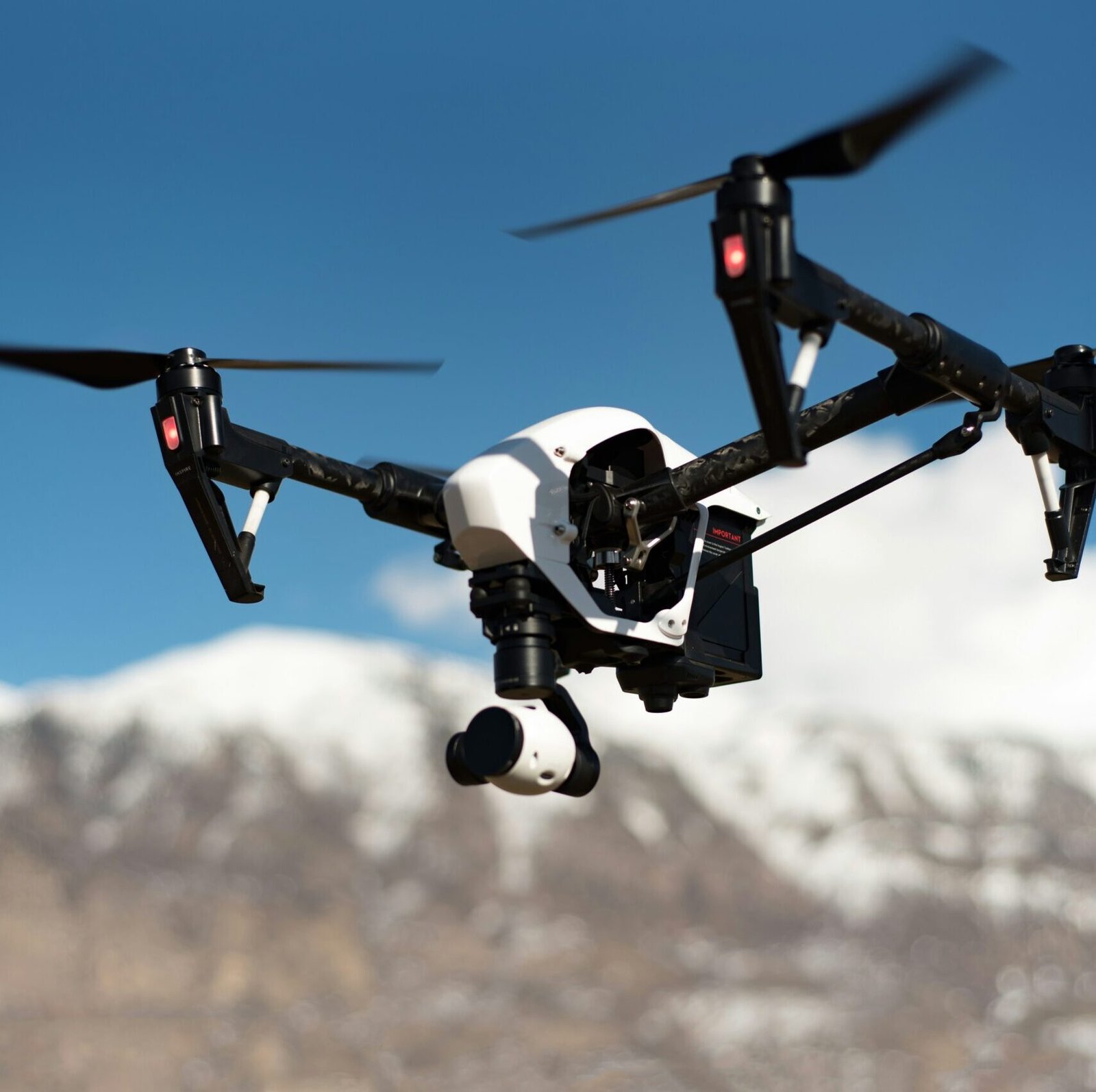
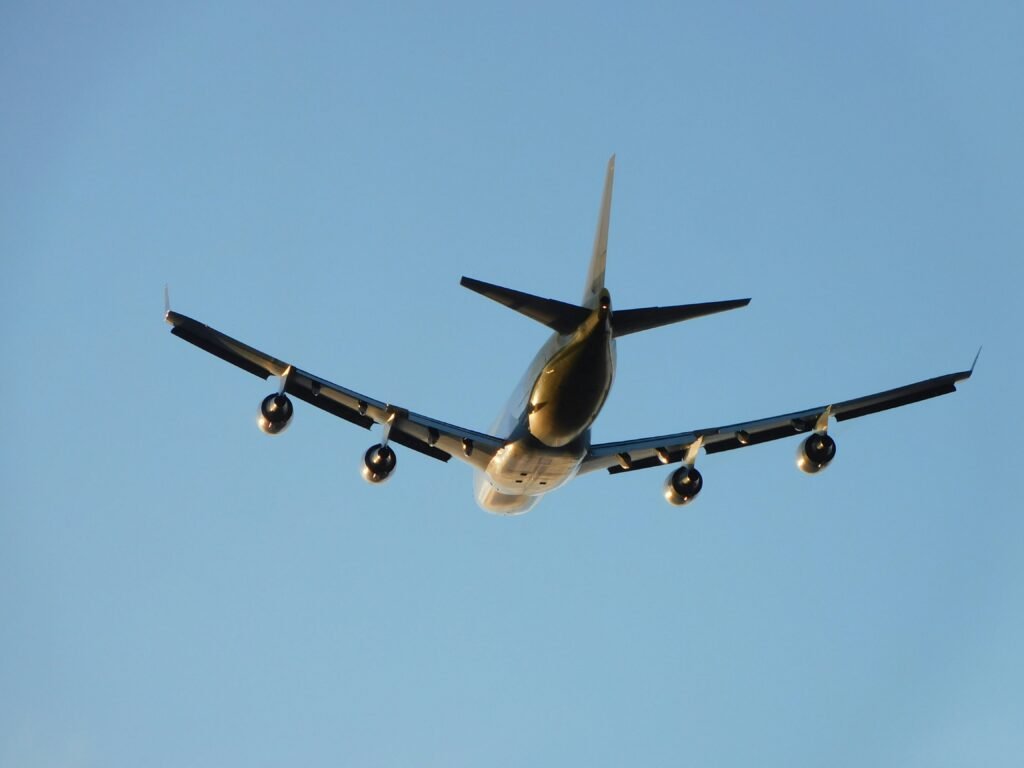
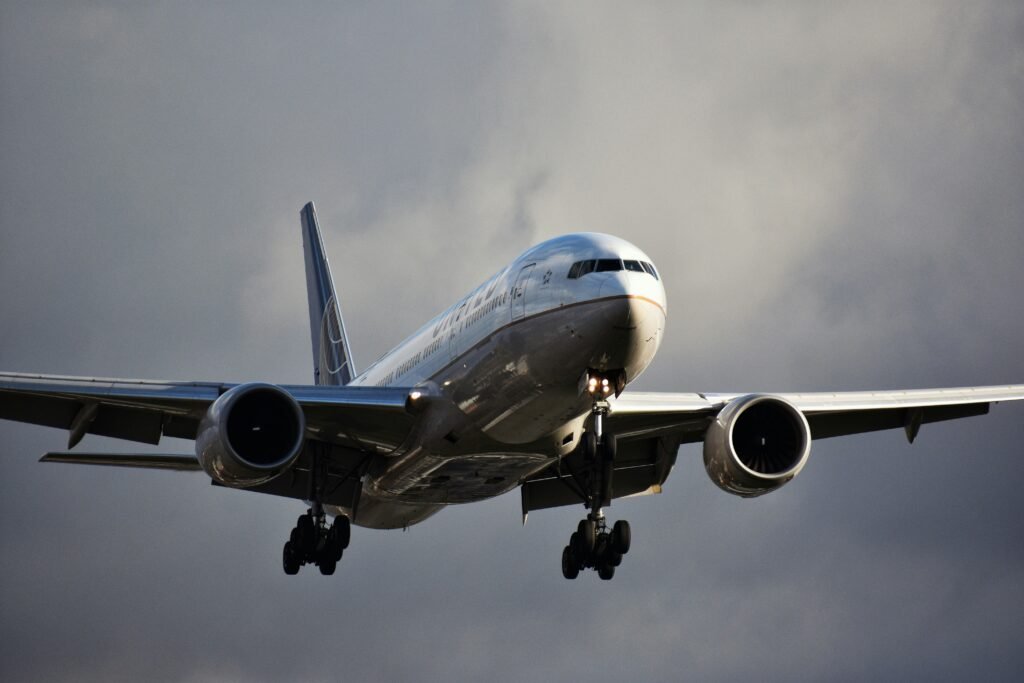
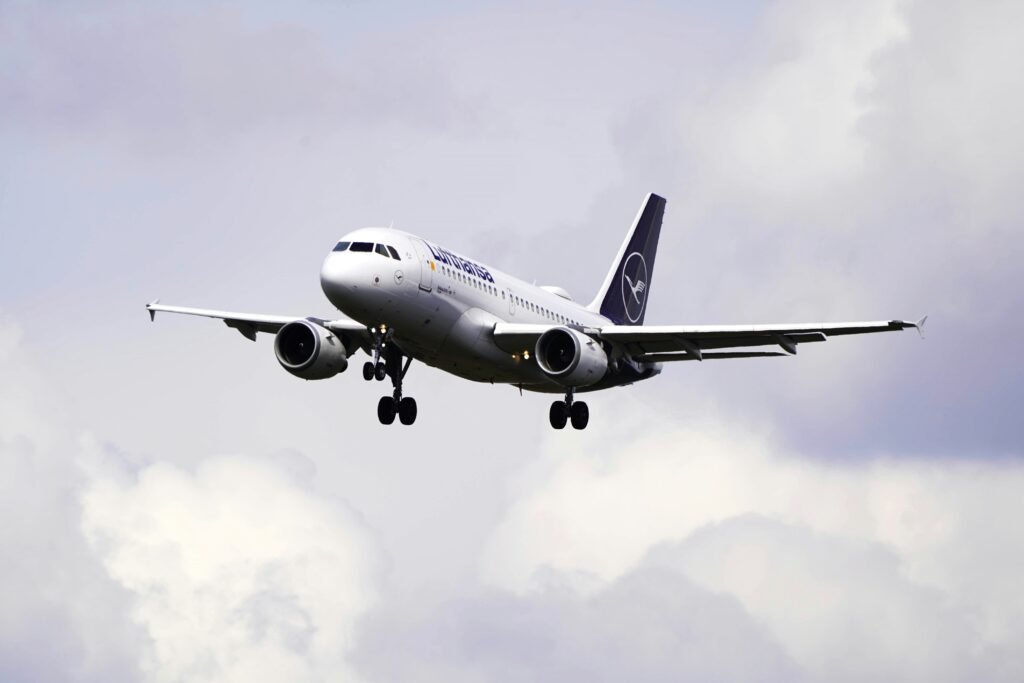

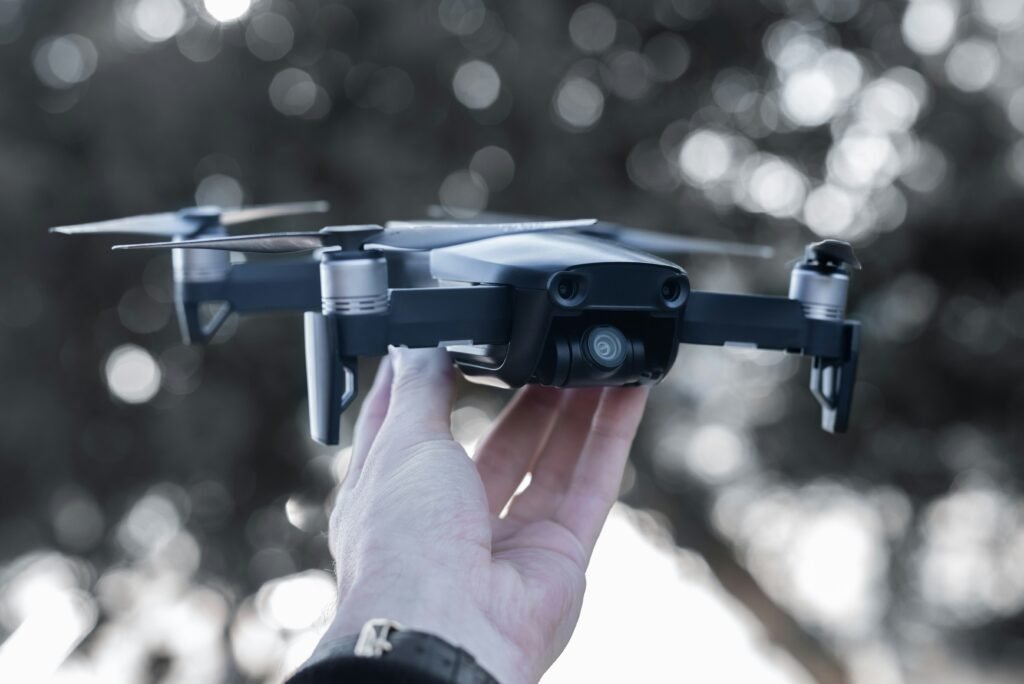
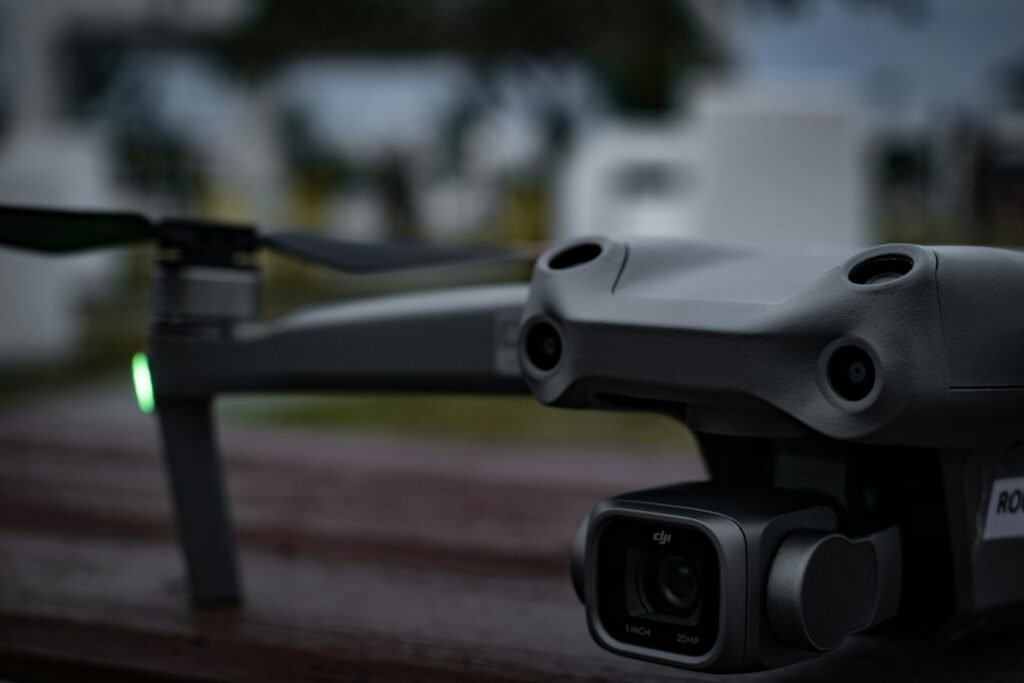
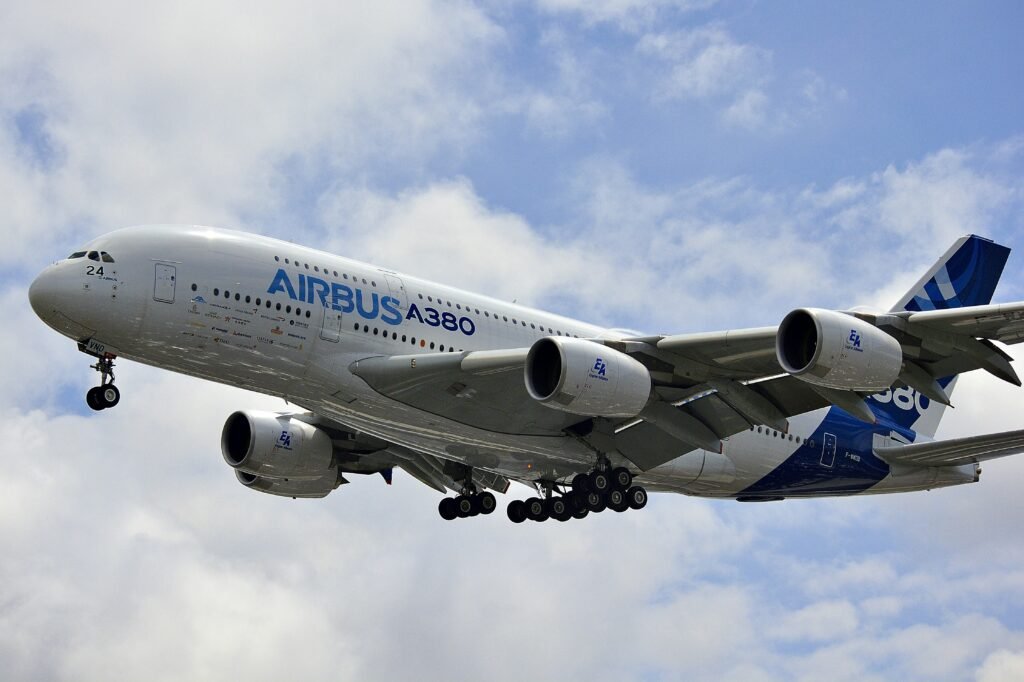
1 thought on “Airbus vs Boeing: Which is the Best Passenger Airplane?”